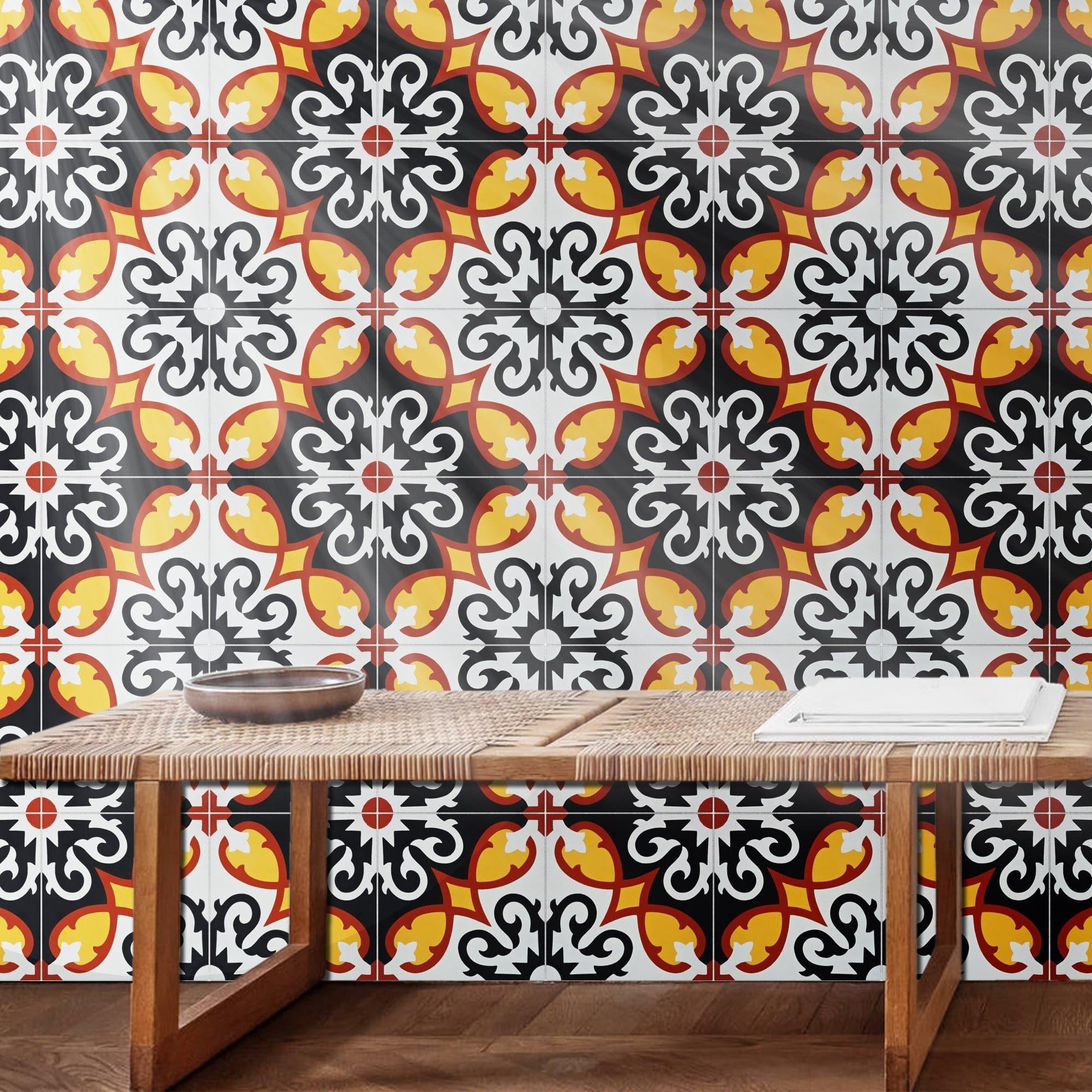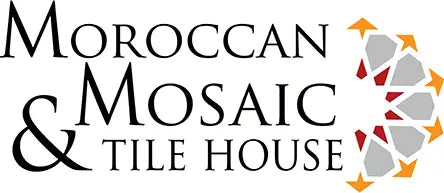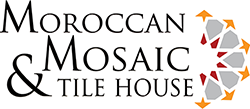The Timeless Appeal of Cement Tiles: An In-Depth Look

Check Out Our Cement Tile Collection
The Timeless Appeal of Cement Tiles: An In-Depth Look
Cement tiles, often referred to as encaustic tiles or hydraulic tiles, have been gracing floors and walls around the world for centuries. With their intricate patterns, durability, and versatility, they've managed to remain relevant across various design eras. In this article, we'll explore the history, production, benefits, and modern applications of cement tiles.
- A Glimpse into History:
Cement tiles first made their appearance in the mid-19th century in Catalonia, Spain. They quickly spread in popularity throughout Europe and later to the colonies, from the Americas to Southeast Asia. The tiles became a staple in both affluent homes and public buildings, admired for their beauty and practicality.
- Art and Craftsmanship in Production:
Unlike ceramic tiles, which are fired to obtain their finish, cement tiles are not kiln-fired. Instead, they're made using a hydraulic press.
The process involves:
- Creating a mold with desired patterns.
- Filling this mold with a mixture of cement, sand, pigment, and marble powder to create the tile's decorative layer.
- Adding a second layer of plain cement-sand mix for thickness and stability.
- Compressing the layers with a hydraulic press.
- Curing the tiles by soaking in water and then allowing them to set and harden.
- Benefits of Cement Tiles:
Aesthetic Appeal: Cement tiles are known for their vibrant patterns and colors. From traditional Mediterranean motifs to contemporary geometric designs, there's a style for every taste.
Durability: When properly installed and sealed, cement tiles can last for decades. They're known to age gracefully, often developing a beautiful patina over time.
Eco-friendly: Made from natural materials and produced without firing, cement tiles have a lower carbon footprint compared to their ceramic counterparts.
Customizable: As they're made using molds, it's relatively easy to produce custom designs and colors tailored to specific projects.
- Modern Applications and Trends:
While traditionally used for flooring, today's designers use cement tiles in a myriad of ways:
Backsplashes: Their patterns and colors make them ideal for kitchen or bathroom backsplashes, offering a focal point in these spaces.
Wall Accents: Used on accent walls, they can bring life to an otherwise neutral room.
Outdoor Spaces: Due to their durability, they're suitable for patios, walkways, and other outdoor applications.
Commercial Spaces: From restaurants to retail stores, cement tiles offer both durability and aesthetic appeal, making them a popular choice in commercial design.
- Care and Maintenance:
While durable, cement tiles do require some care:
- It's essential to seal cement tiles after installation to protect them from stains and wear.
- Regular cleaning with pH-neutral cleaners can help maintain their beauty.
- Avoid abrasive pads, which might wear down the surface.
- Making an Informed Choice:
While cement tiles are undoubtedly beautiful, they may not be suitable for all applications. They're porous, which means they can stain if not properly sealed. They can also be on the pricier side compared to other tiling options. However, for those looking for a blend of art, history, and durability, cement tiles are hard to beat.
Conclusion:
Cement tiles are a testament to the idea that some designs are truly timeless. Their resurgence in popularity in recent years is a nod to their unparalleled aesthetic and functional qualities. Whether you're restoring a historical building or designing a modern home, cement tiles offer a touch of artistry that few other materials can match.

